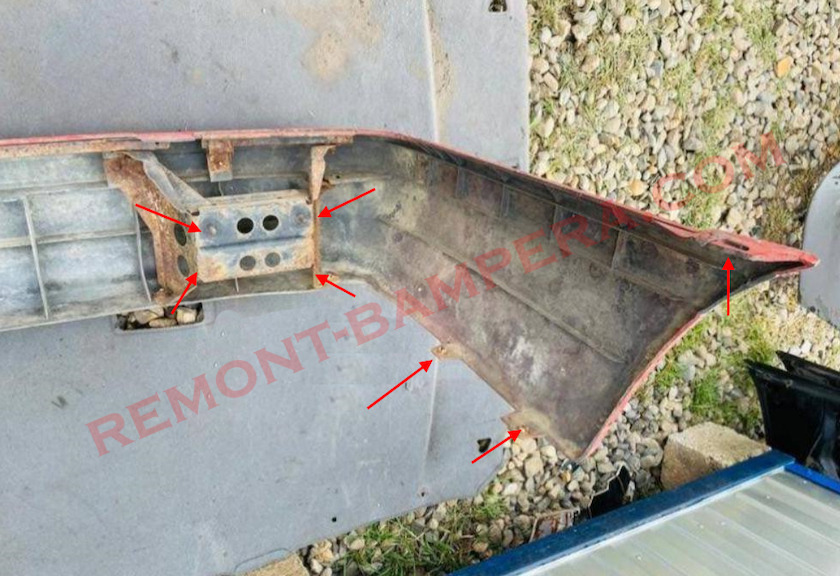Mazda 626 GD (1987–1992): Modifications, Model Description, Interesting Facts
The Mazda 626 GD is the third generation of the popular Japanese sedan, hatchback, and station wagon, produced from 1987 to 1992 (1997). This model served as a transition between the angular cars of the 1980s and the more aerodynamic vehicles of the 1990s. It was sold under different names in various regions: in Japan as Mazda Capella, in North America as Mazda 626, and in Australia as Mazda Montrose.
Body Types and Modifications
The Mazda 626 GD was available in three main body styles:
- 4-door sedan – classic version with traditional three-dimensional design;
- 5-door hatchback – more practical version with increased trunk space;
- 5-door station wagon (in some countries – Mazda 626 Touring) – family version with increased space.
There was also a sport version, the Mazda 626 GT, with a turbocharged engine and all-wheel drive (4WD), which stood out for its improved dynamics.
Engines and Transmissions
The car was equipped with a range of gasoline and diesel engines, depending on the market:
- 1.6L F6 (82 hp) – base engine for European and Asian markets;
- 1.8L F8 (90–105 hp) – most common version;
- 2.0L FE (110–120 hp) – more powerful variant;
- 2.2L Diesel (65 hp) – economical but weak diesel engine;
- 2.0L Turbo (GT) (145 hp) – sport version with turbocharging and all-wheel drive (until 1990).
Transmissions included a 5-speed manual or 4-speed automatic.
How to Remove the Front Bumper
- Given the advanced age of this model, unscrewing the fasteners is more challenging than finding them. Let's proceed step by step, starting from the underside where several screws are fastened upward to secure the lower part of the bumper. Next, move to the wheel arches where two screws fasten the corners to the fenders. Now comes the most difficult part. You need to remove the bolts and nuts that secure the metal bumper brackets to the body. To avoid damaging anything, treat the threads with penetrating lubricant.

How to Remove the Rear Bumper
- The rear bumper fasteners are not significantly different from the front ones. You need to remove four screws from the underside. Then two screws in the wheel arches secure the corners to the fenders. Remove the trim from the rear trunk panel. Now unscrew eight nuts that secure the bumper brackets to the rear trunk panel.

Model Description
The Mazda 626 GD's design featured smooth lines, which was new for Mazda in the late 1980s. The front end had integrated headlights and a wide grille, while the rear had sleek taillights.
The interior was simple but comfortable, with clearly visible gauges and quality materials. Depending on the trim level, the car could be equipped with:
- Power windows;
- Power steering;
- Air conditioning;
- Central locking.
The chassis featured independent front suspension (MacPherson) and rear suspension (multi-link or torsion beam in base versions).
Interesting Facts
- AWD only for the GT – the 626 GT version (1987–1990) was one of the first Mazdas with all-wheel drive and a turbocharged engine, but due to its high price and complexity, it was sold in limited quantities.
- Joint development with Ford – the Mazda 626 GD platform was partially used for the Ford Telstar (equivalent for Asian and Australian markets).
- Rare station wagon – the Touring (station wagon) body is less common than the sedan and hatchback, especially in good condition.
- Rally participation – the Mazda 626 GD didn't achieve major success in motorsport but was used in some national rally championships.
- Generation change in 1992 – in 1992, the GD was replaced by a new generation (GF) with more modern design and improved aerodynamics.
Conclusion
The Mazda 626 GD (1987–1992) is a reliable and practical car that combines Japanese quality with European handling. Despite its age, many examples remain on the road thanks to its durable construction and parts availability.

 English
English  Italiano
Italiano  Français
Français  русский
русский  Deutsch
Deutsch  Español
Español